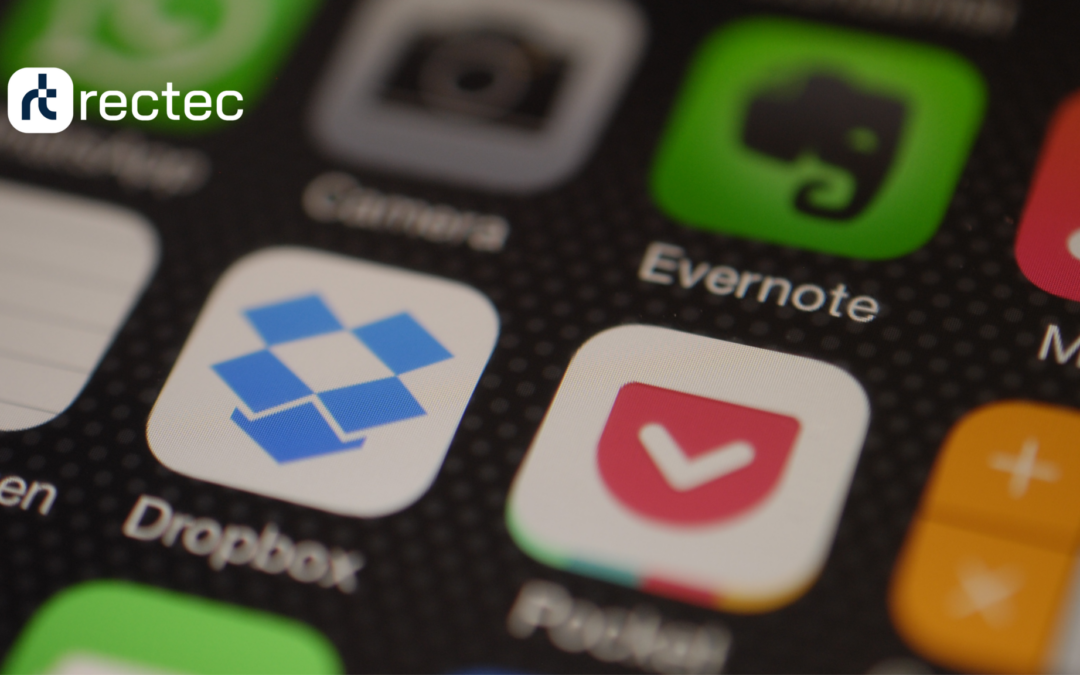WorkTech has slowly become one of the more prominent terms that encapsulate digital change in our global workplace.
But what exactly is WorkTech, how does it differ from recruitment tech, and do these definitions even matter?
- WorkTech is described as “the technology and tools that allow employees and HR to work with each other and collaborate more effectively”.
- It’s also described as, “a paradigm shift for HR…It’s a paradigm shift for HR…traditionally, HR tech has focused on capturing activity and data…(but) the real theme for the next two years is transformation, not recovery. HR business models and the technology HR uses will have to focus on resilience, agile teaming and iterative design”.
WorkTech is a term and a movement – it describes both the platforms on which the future of work will be held and the macro-changes to how, where and why people work the way they do.
WorkTech vs Recruitment Tech?
Thankfully for those of us who straddle both the tech and HR space, WorkTech and recruitment tech work hand in hand, rather than oppose one another.
#WorkTech and recruitment tech both sit at the vanguard of global digital transformation efforts which have been turbocharged as a result of COVID-19.
The pandemic ushered in a new age of digital reliance which was most acutely and physically manifested in workplaces, as employers and employees adapted to remote working and hybrid interactions. How we work, where we work, and what we work on changed, and as a result, almost every workplace interaction can be now, to varying degrees, digitised.
This is one of the major lasting legacies of the pandemic: the rise, and necessity, of WorkTech – a future of professional digital hybridity, peppered with online tools that help step business owners and managers beyond analogue recruitment, HR, and operations.
So, with all that in mind, we wanted to dispel some myths and talk about the reach, purpose and stories behind #WorkTech, and how it changes everything about the way we create careers, interact with colleagues, and make a living.
WorkTech isn’t just RecruitmentTech.
Recruitment Tech and Work Tech are often conflated, but it’s worthwhile understanding how they differ.
Recruitment Tech – of which Rectec counts itself as a “member” of – are the platforms, services, SaaS programs and supporting digital tools that recruiters, HR teams and business leaders utilise to improve recruitment and HR outcomes. They’re the tech that draws people to companies, engage talent on the frontline, and that helps elevate employer brand magnetism.
#WorkTech is a more generalist term that describes everything that is touched by digital within a workplace, from payroll systems to office design, cloud storage to performance management.
WorkTech is utilised daily, by everyone, all over the world. Recruitment tech is used by those who engage with, work with, and place amazing talent with employers.
In a way, recruitment tech is a cornerstone of WorkTech.
WorkTech isn’t just about digital – it’s about People.
So it’s all very well shoving people into technically dense, super-modern workplaces, but how are employees actually interacting with novel tech integrations, and do any of these tech systems improve services or employee happiness?
A PwC research piece titled Our status with tech at work: It’s complicated describes this aspect of understanding tech and people interacting well, and highlights how there may be complications at c-suite strategy level, but staff want to learn more about tech.
“When it comes to the digital tools people use in their day-to-day jobs, that relationship status is best described as “it’s complicated”…understanding how experiences and attitudes shape workers’ willingness to adopt tech at work can go a long way in helping you build great performance.
Employees report that they’re willing to spend up to two days per month on training to upgrade their digital skills if offered by their employer—a median response of 15 hours each month”
A fatal disconnect between leaders, staff and tech can spell disaster for any company, especially in the realm of L&D.
Hence, the importance of understanding the subjective necessity of #WorkTech, the reach it demands to be effective (which is unique to each company), and how each element of a new workplace platform or HR service works to help your people do a better job.
WorkTech refers to the design and UX of integrated tech within workplaces and between workforces.
While many people will instinctively think about novel tech integrations like video calling, Slack-like SaaS platforms, remote desktops and the like, what #WorkTech is really alluding to managing obsolescence in workplace design. From how offices are designed, to how cloud servers are brought online and how people interact with them, WorkTech can, if well placed, improve it all, and safely remove legacy systems that don’t pass muster.
The rather presciently named Worktech Academy make a big point of this, sharing thought leadership on the future of work and workplaces.
“We share the latest insights, research, case studies and expert interviews… to harvest the newest knowledge and ideas in six key areas: People, Place, Culture, Design, Technology & Innovation”.
Those 6 key areas are where WorkTech, and to a large degree recruitment tech, make their biggest impact.
A quick, responsive process is what you need to attract and engage the best talent.
At Rectec we help organisations to find the best Applicant Tracking System or best Recruitment CRM to suit your needs, accompanied by our unique complementary technology marketplace, to help you build the perfect recruitment tech stack for your business.
You can click here to register for Rectec Compare – and best of all, it’s completely free of charge.

